Get folliculitis treatment online
![]() Response time: 1-2 working days
Response time: 1-2 working days
- Board-certified dermatologists
- Affordable expert care
- Free choice of pharmacy

Why get online folliculitis treatment via Miiskin?

New Consultations are $59 and prescription renewals are $30 approx.

You get treatment provided by a board-certified dermatologist

You can buy your medicine at a local pharmacy the same day.
What is folliculitis?
Folliculitis is an inflammation or infection of your hair follicles (the tiny openings in your skin where hairs grow). It usually appears as small red or pus-filled bumps. You might notice itching, tenderness, or a burning sensation in the affected area.
There are different types of folliculitis:
- Bacterial folliculitis – often caused by Staphylococcus aureus, a common skin bacteria.
- Fungal folliculitis – caused by yeast or fungi, more common in warm, humid environments.
- Pseudofolliculitis barbae – (also known as razor bumps) happens when hairs grow back after shaving.
- Hot tub folliculitis – caused by Pseudomonas aeruginosa, often from poorly maintained hot tubs or pools1.

What does folliculitis look like?
Folliculitis presents as a single or cluster of tiny pimples with a red base and a white/yellow center. They often develop around hair follicles, sometimes just a few in one area, or dozens if the irritation or infection spreads.
Signs and symptoms of folliculitis
- Cluster of small red or white bumps around hair follicles
- Pus-filled blisters that may break or crust over
- Itching in the affected area
- Tenderness or pain, especially when touched
- Swelling or redness around the bumps
- Dark spots or scarring as the bumps heal2
Where does folliculitis usually appear?
Folliculitis can appear anywhere on your body that has hair, but it’s most common in areas where friction, sweating, or shaving occur. These areas include:
![]() Scalp
Scalp
![]() Neck
Neck
![]() Chest
Chest
![]() Back
Back
![]() Armpits
Armpits
![]() Thighs
Thighs
![]() Buttocks
Buttocks
![]() Groin or bikini area
Groin or bikini area
![]() Face (usually where shaving or waxing)
Face (usually where shaving or waxing)

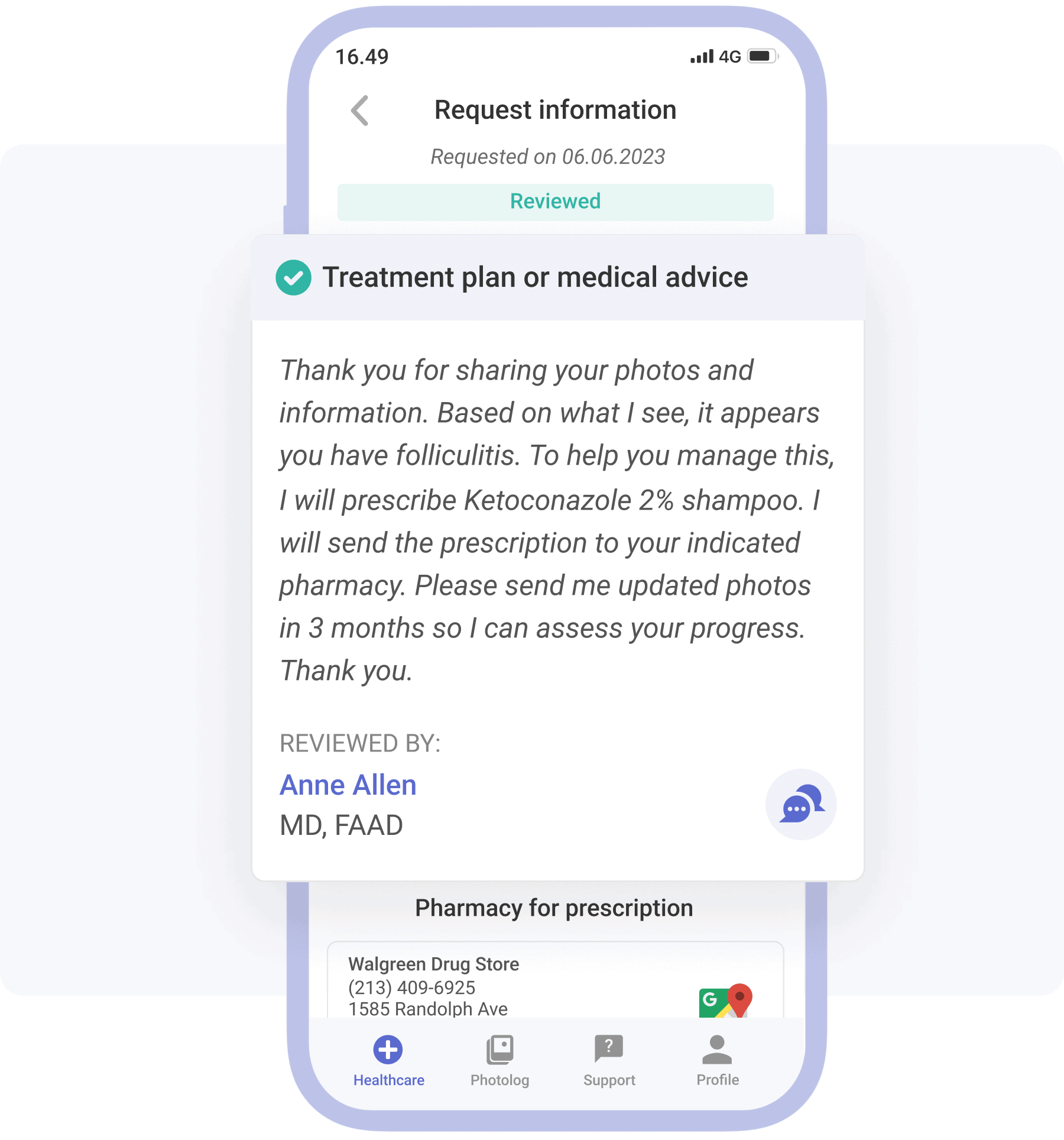
Can folliculitis be treated online?
Can an online dermatologist diagnose and treat folliculitis?
Yes, online dermatologists can usually diagnose and treat folliculitis by reviewing photos of your skin and your symptom history.
Do I need a prescription for folliculitis?
Mild folliculitis often clears with over-the-counter treatments like gentle cleansers or benzoyl peroxide, but bacterial or fungal folliculitis usually requires prescription medication. Dermatologists may prescribe topical or oral antibiotics (for bacterial causes) or antifungals (for fungal cases), depending on your symptoms and severity.
How to get a folliculitis treatment cream?
You can get a prescription for a folliculitis treatment cream by having an online dermatology visit through Miiiskin. After you upload photos and answer a few health questions, a board-certified dermatologist reviews your case and, if appropriate, sends a prescription directly to your chosen pharmacy. The visit is typically a one-time fee (around $59–$79), you need to buy your medication separately.
When should I contact a doctor for folliculitis?
You should contact a doctor for folliculitis if:
![]() You’re unsure whether it’s folliculitis or another skin condition (like acne, ingrown hairs, or hidradenitis suppurativa).
You’re unsure whether it’s folliculitis or another skin condition (like acne, ingrown hairs, or hidradenitis suppurativa).
![]() The bumps are painful, spreading, or not improving after a few days of home care.
The bumps are painful, spreading, or not improving after a few days of home care.
![]() You notice swelling, warmth, pus, or fever, which could mean a deeper or more serious infection.
You notice swelling, warmth, pus, or fever, which could mean a deeper or more serious infection.
![]() The folliculitis is on sensitive areas (like the face or groin) and not responding to over-the-counter treatments.
The folliculitis is on sensitive areas (like the face or groin) and not responding to over-the-counter treatments.
![]() You have a weakened immune system, diabetes, or take medications that affect healing.
You have a weakened immune system, diabetes, or take medications that affect healing.
![]() You have frequent recurrences or it becomes a chronic issue.
You have frequent recurrences or it becomes a chronic issue.
Meet the board-certified dermatologists
You’re in expert hands—Miiskin’s dermatologist partners have completed more than 50,000 virtual consultations.

Dr. Anna Chacon
Dermatologist
Licenses: 50 U.S. states

Dr. Ryan Trowbridge
Dermatologist
Licenses: CA, CT, NY, TX, NE, IL.

Dr. Amit Om
Dermatologist
Licenses: NC, SC, FL, GA, IL, CT, TX, CA.


Dr. Sarita Nori
Online Dermatologist
Licenses: FL, MA, TX, NH, CT, CA, ME.

Dr. Craig Burkhart
Dermatologist
License: North Carolina.

Dr. Eric Howell
Dermatologist
License: North Carolina.
Provider & Prescription Information
Miiskin connects patients with independent dermatologists who provide care through their private practices. Compounded prescriptions can be ordered via Miiskin and are dispensed by Foothills pharmacy. Standard medications can be issued for any local pharmacy.
What medications are commonly prescribed for folliculitis?
The medication commonly prescribed for folliculitis depends on the cause. Your online dermatologist may prescribe an oral or topical antibiotic if they suspect the cause is bacterial or a topical or oral antifungal if they think the cause is fungal.
Topical antibiotics for folliculitis
Topical antifungals for folliculitis
Medicated shampoos for folliculitis
Oral antibiotics
Oral antifungals
Fluconazole

Itraconazole
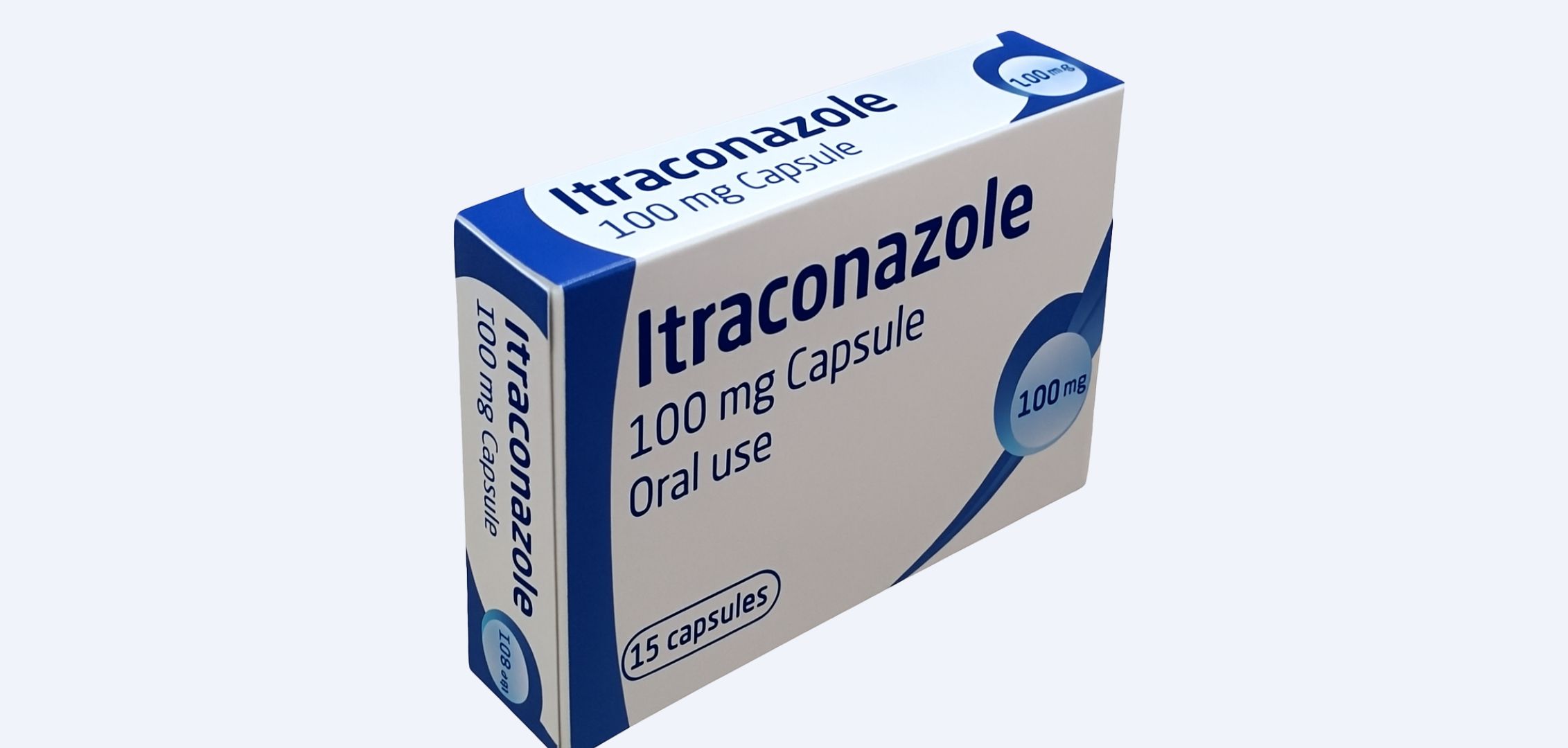

How does it work?
- Start consultation to get a diagnosis and treatment for your folliculitis.
- Get an answer from an online dermatologist in your state.
- Buy your medication at a pharmacy nearby and start treatment.

Process to getting a prescription for folliculitis treatment
Through Miiskin, you get in touch with a dermatologist using an online dermatology consultation. The dermatologist will review your case and will write you a prescription for folliculitis if it is suitable for you. Then you can pick it up at the pharmacy of your choice.
References:
1 https://my.clevelandclinic.org/health/diseases/17692-folliculitis
2 https://www.mayoclinic.org/diseases-conditions/folliculitis/symptoms-causes/syc-20361634


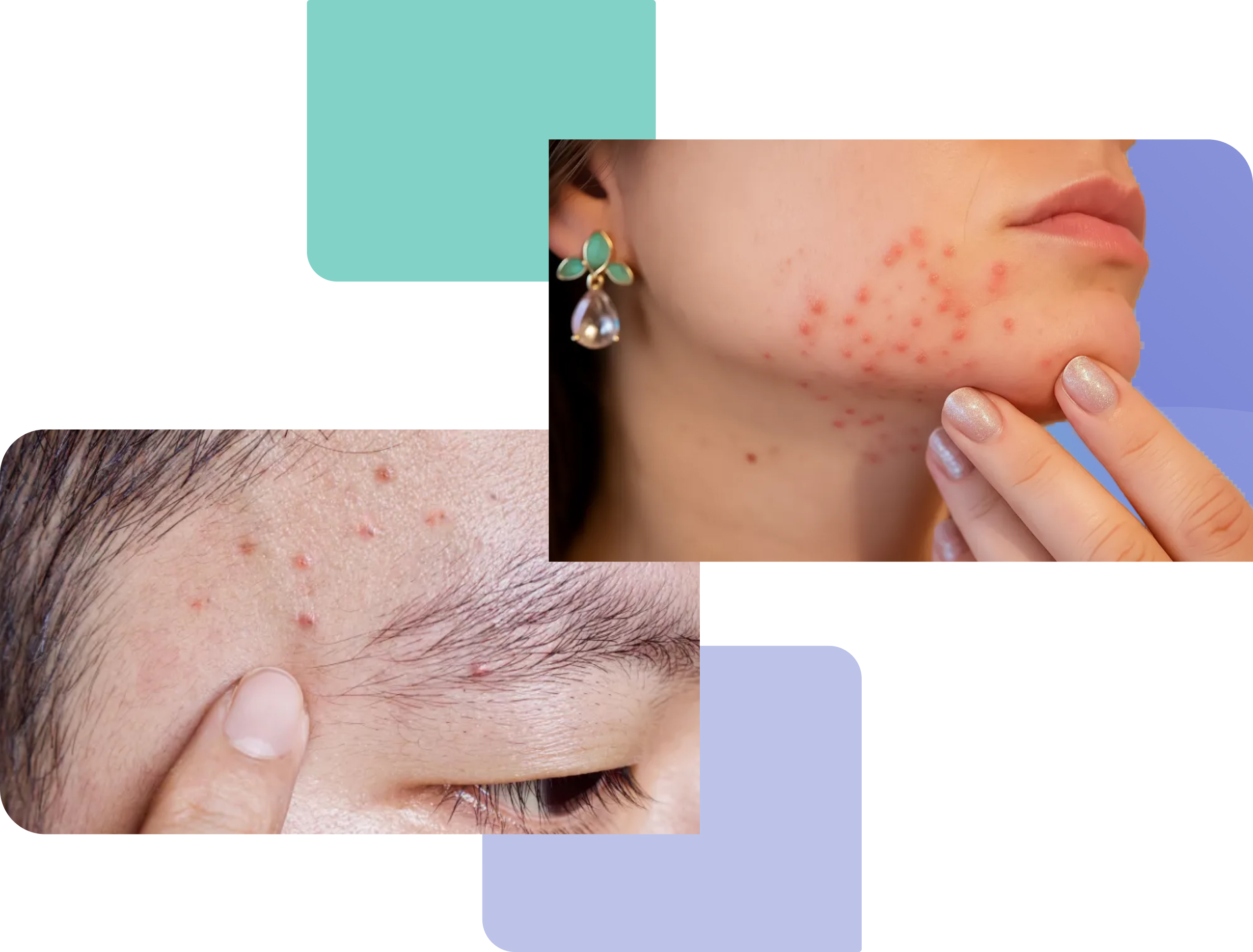

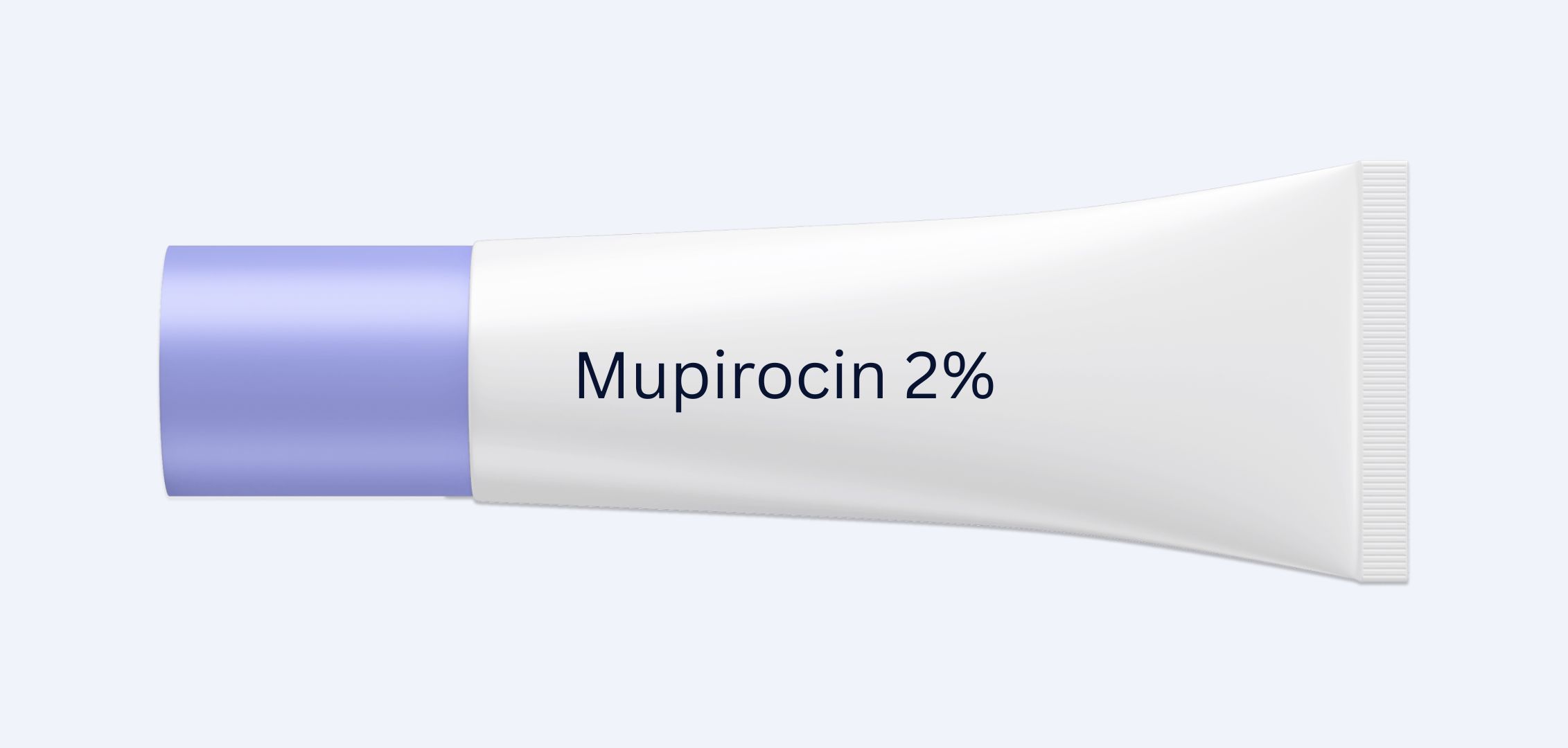
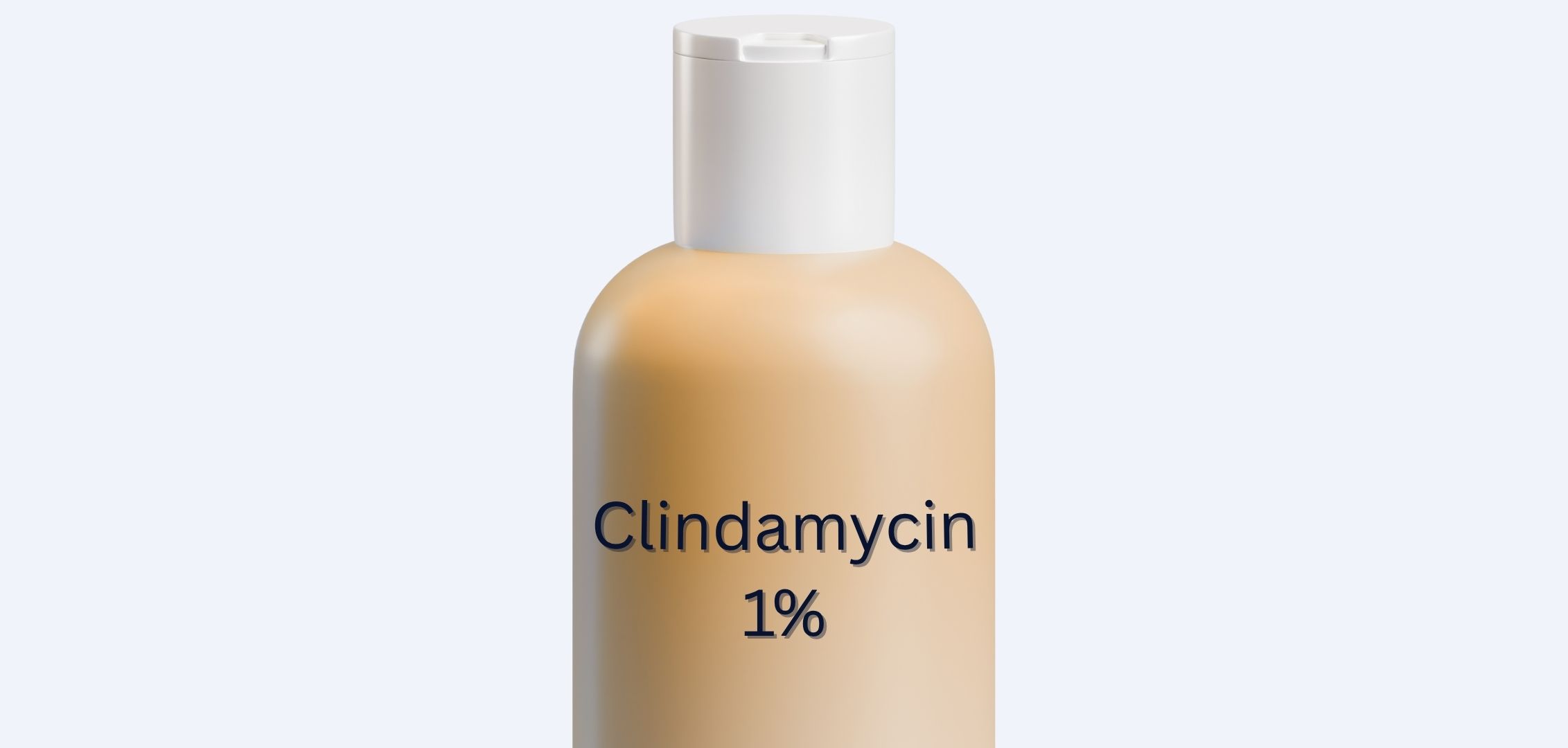
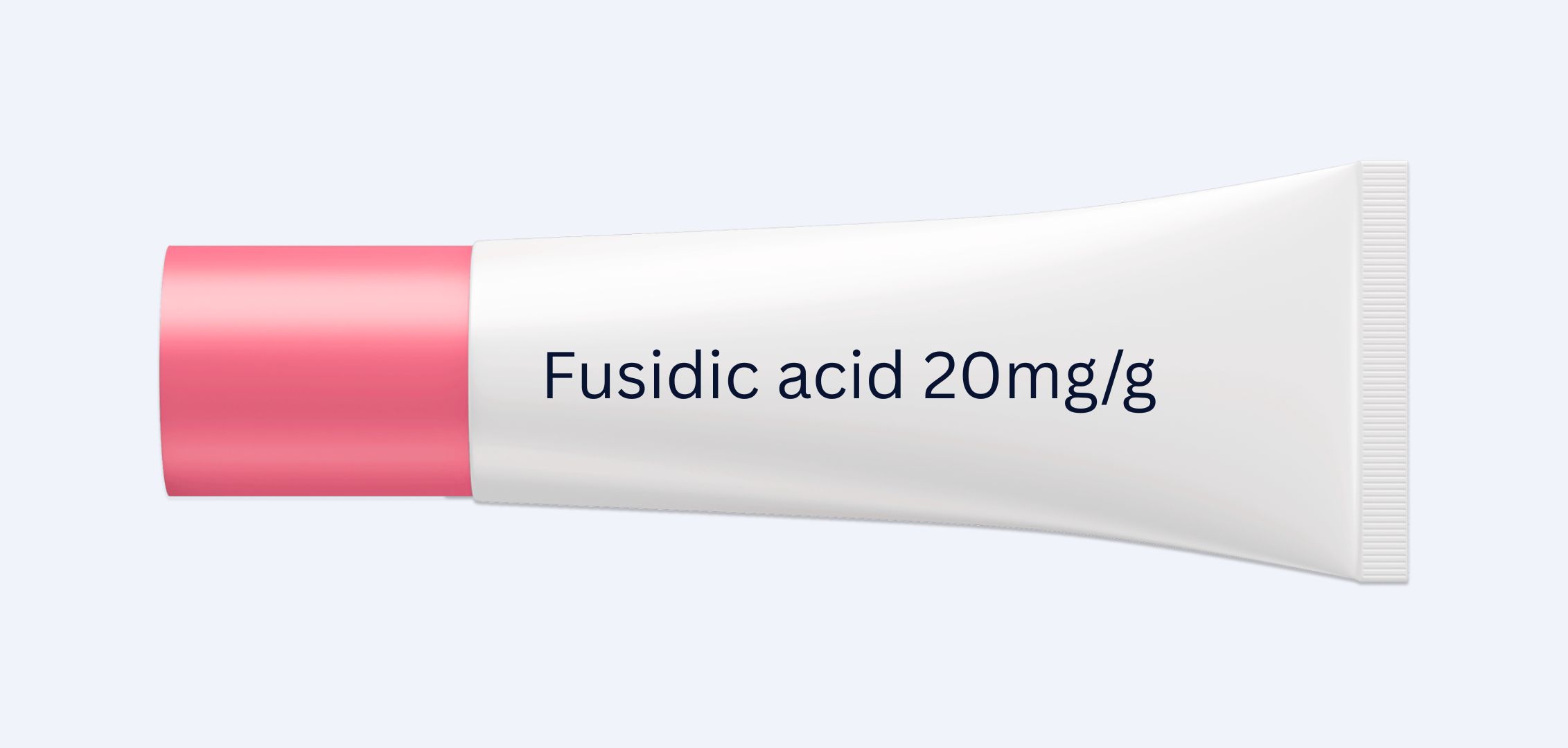
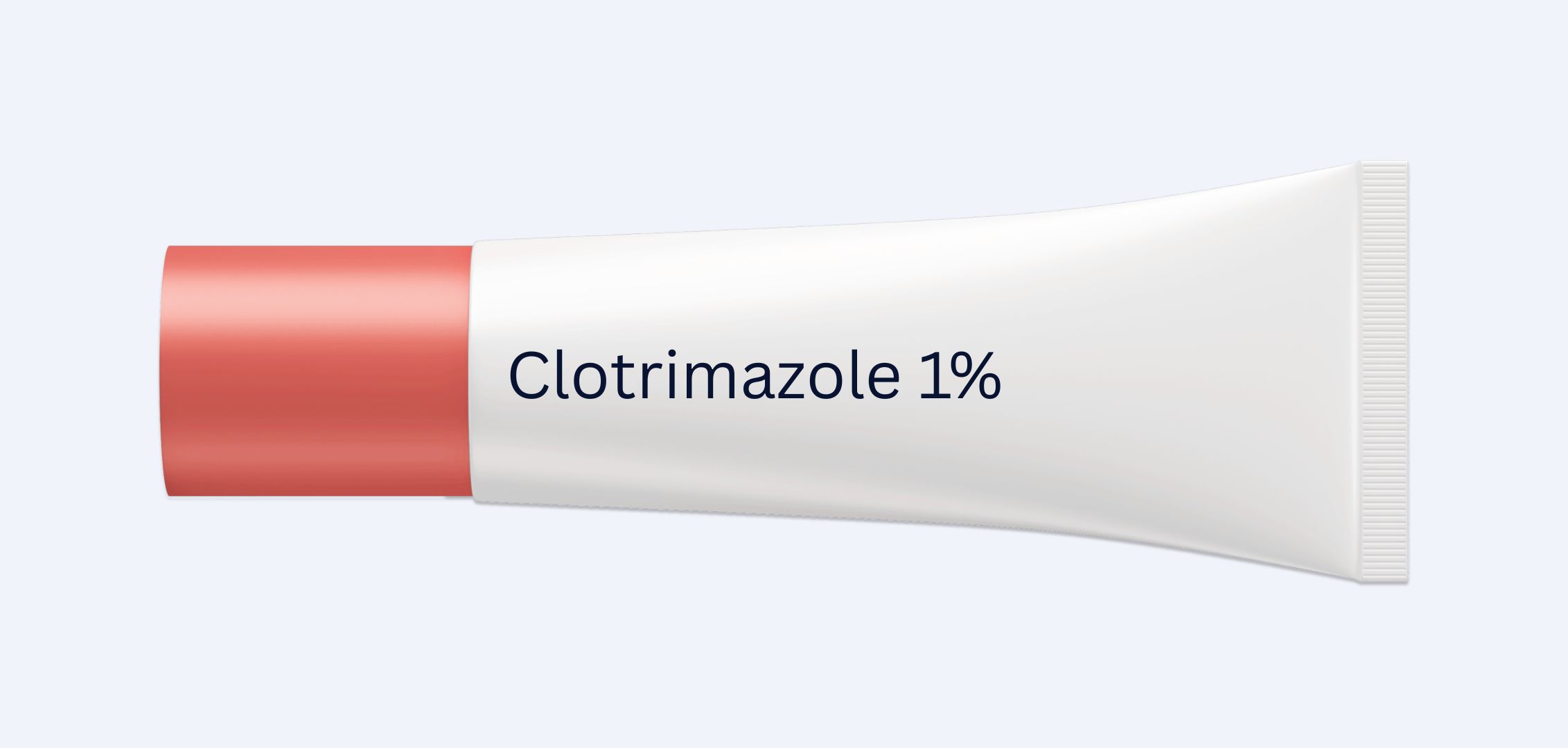
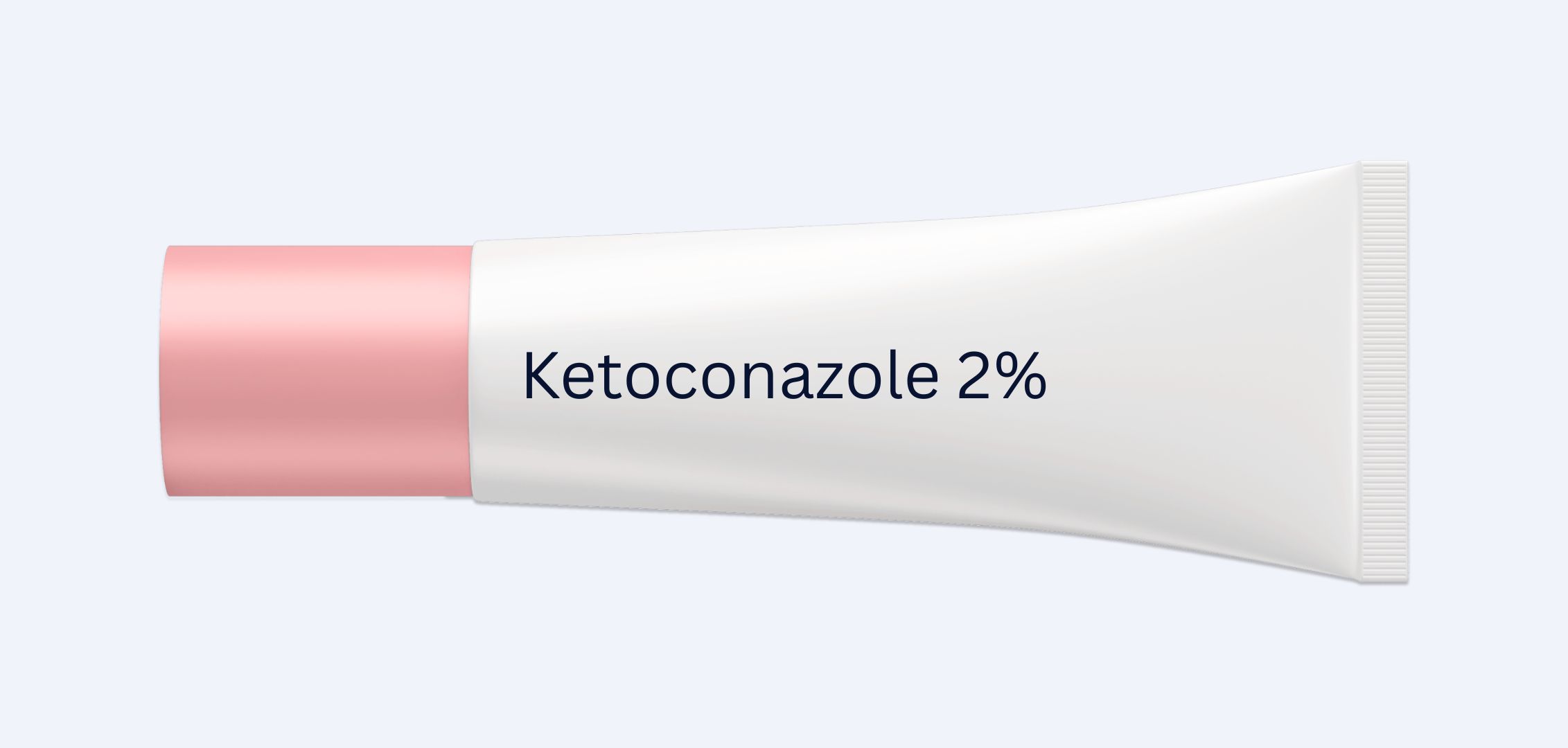
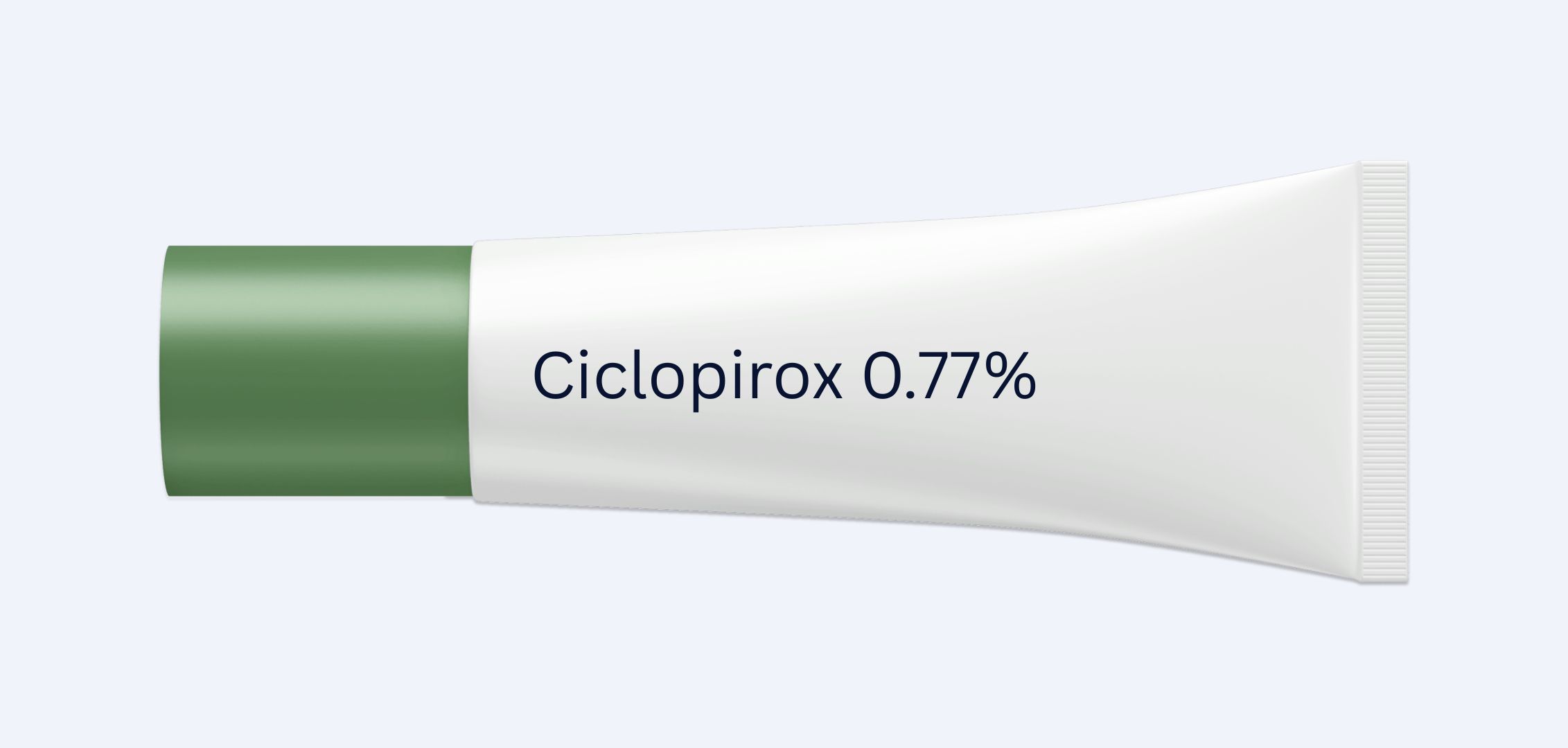
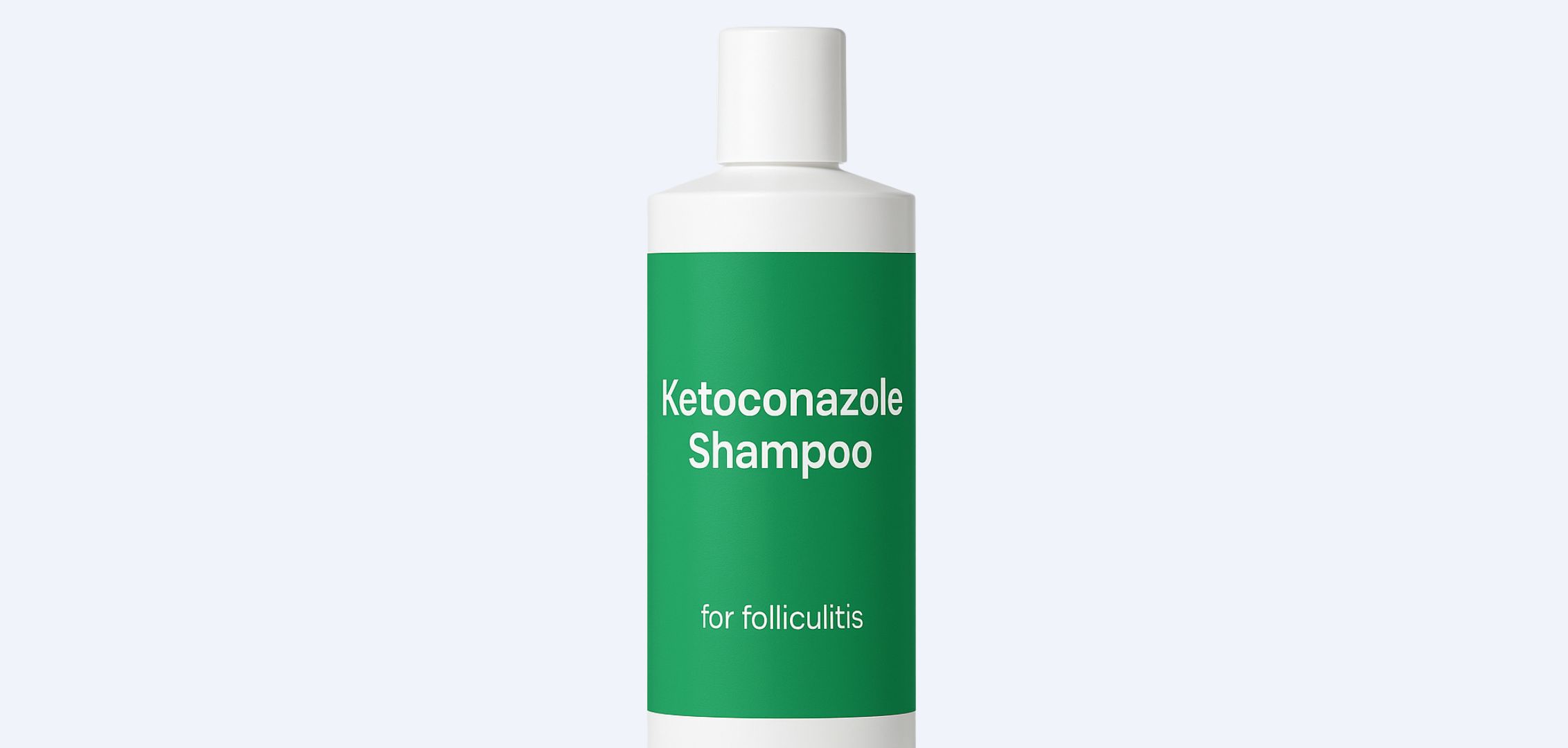
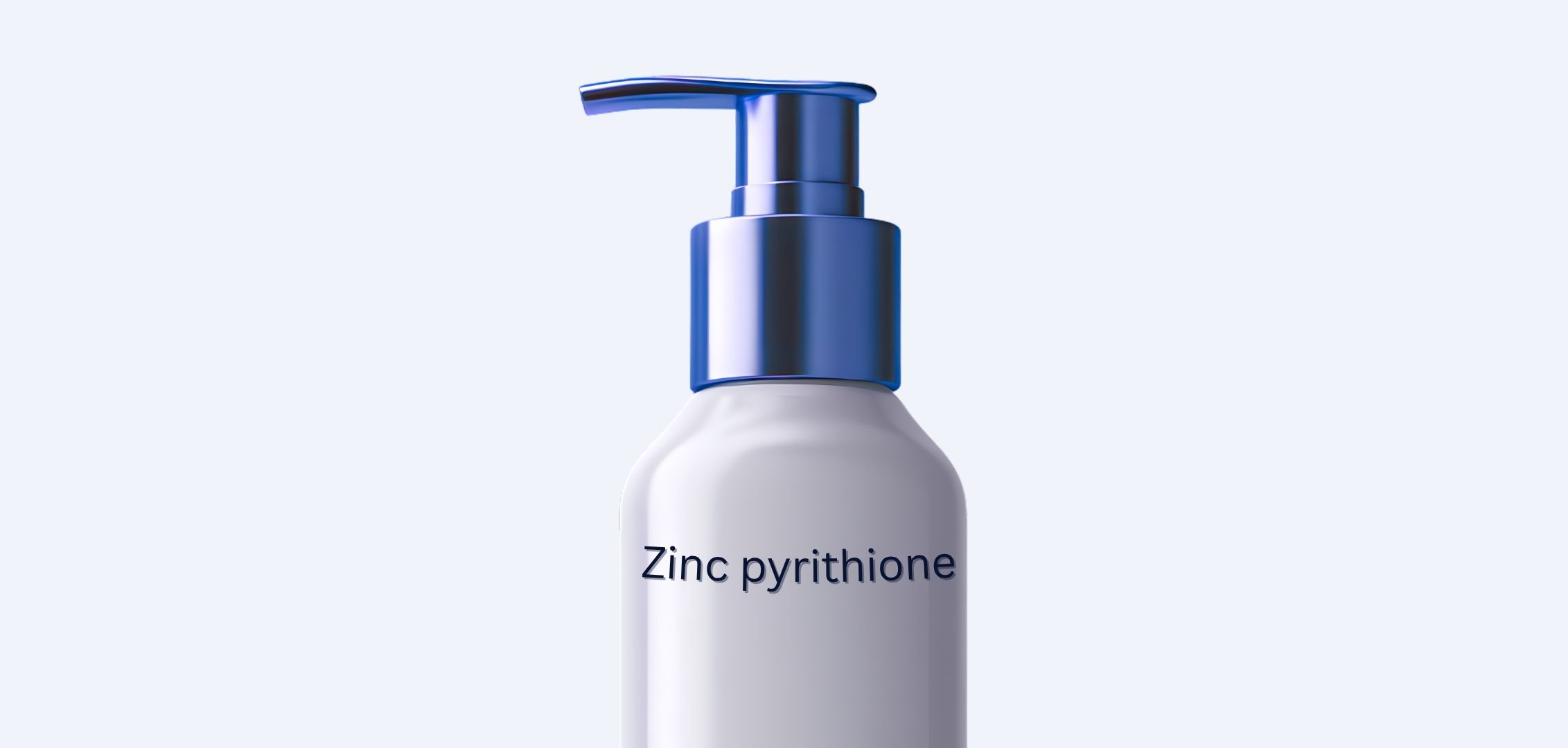
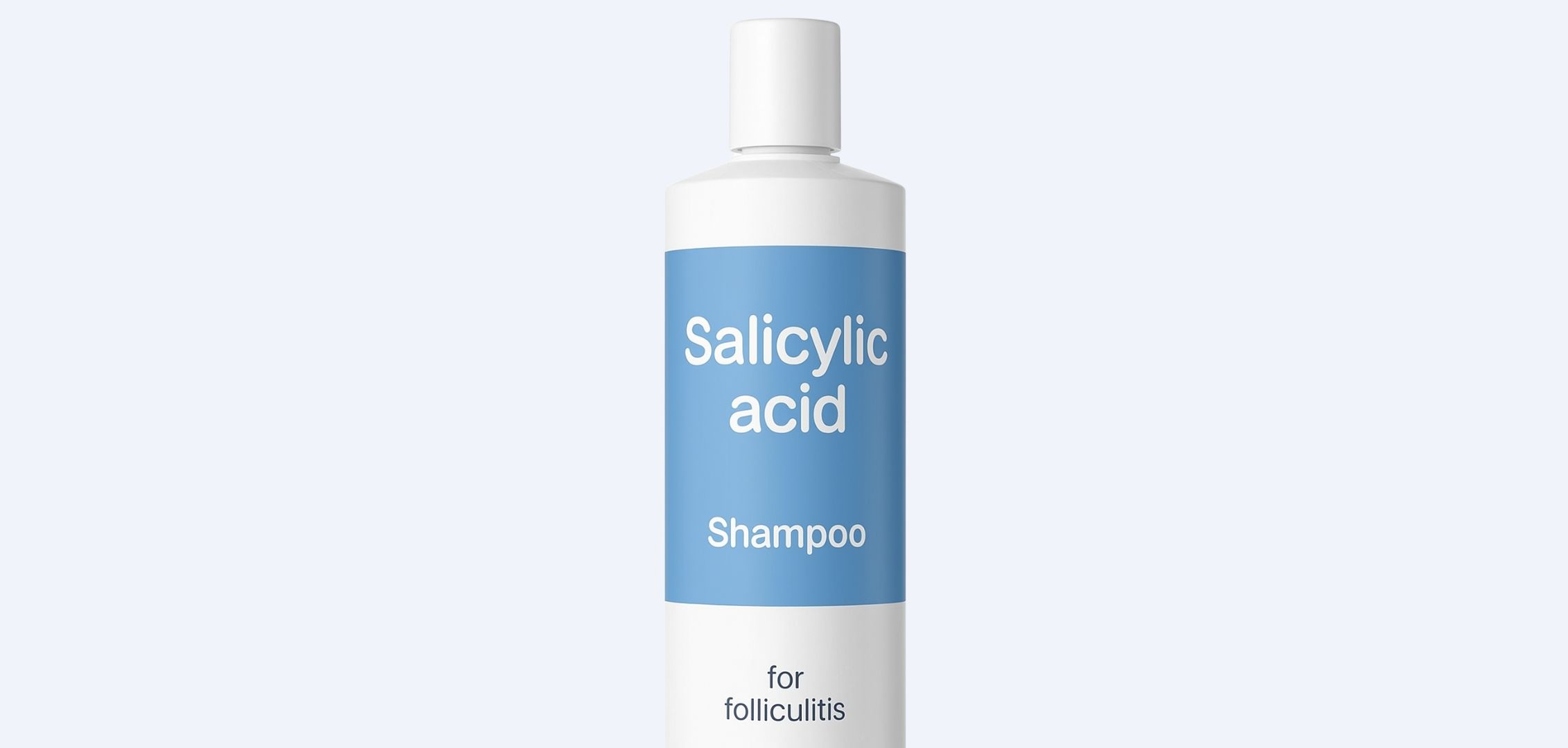

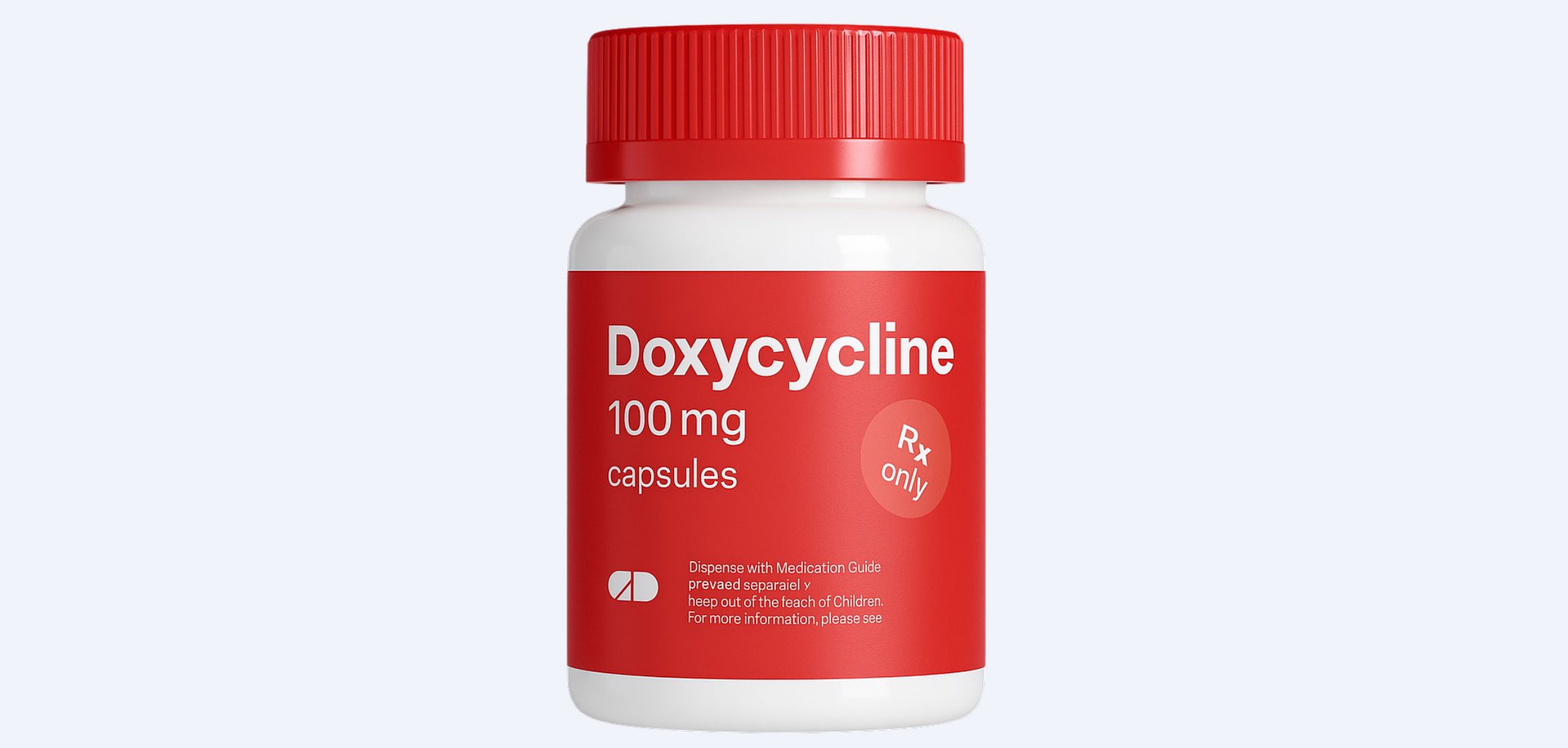

 Do you want a prescription for your folliculitis?
Do you want a prescription for your folliculitis?